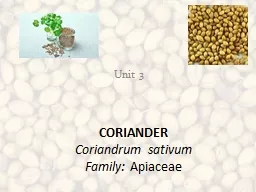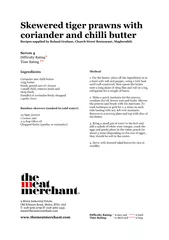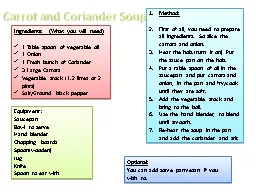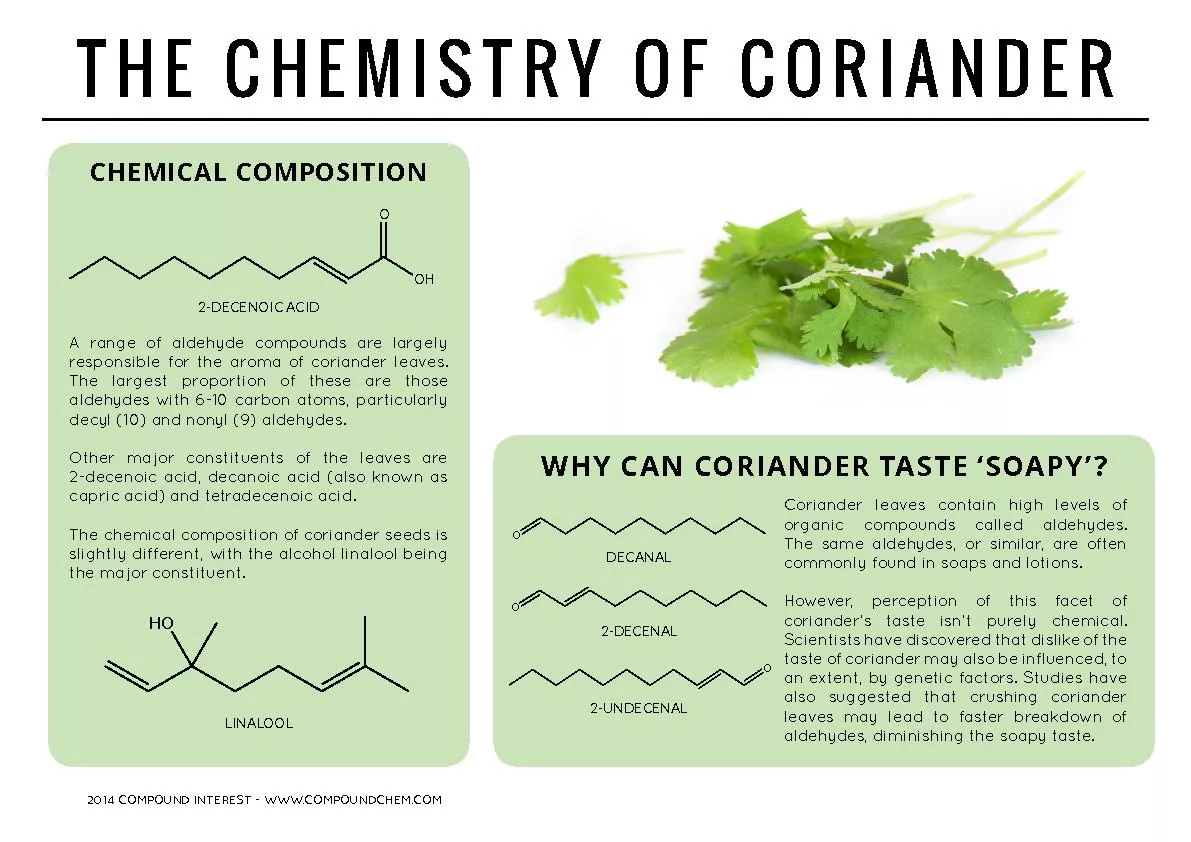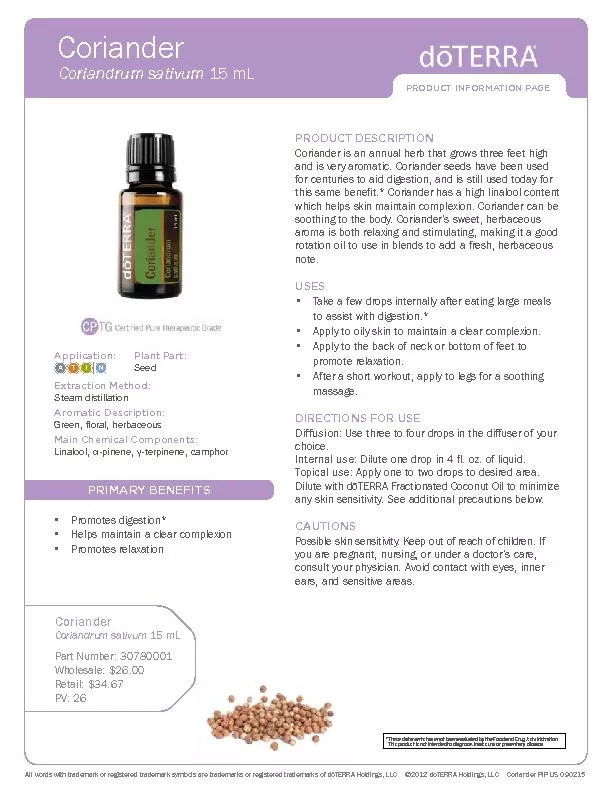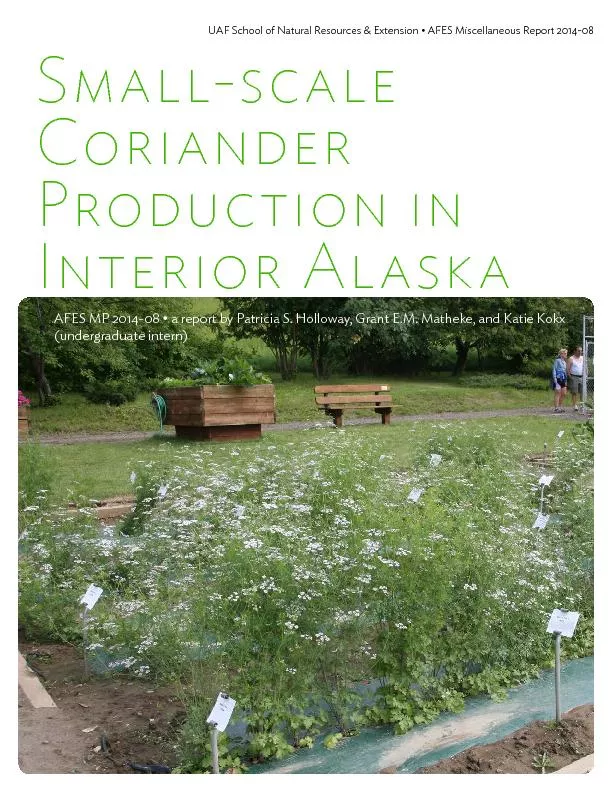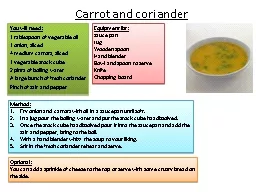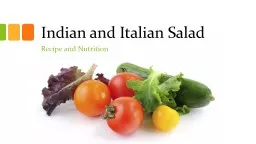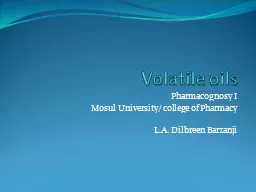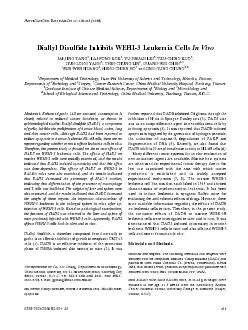PPT-CORIANDER Coriandrum sativum
Author : RockinOut | Published Date : 2022-07-28
Family Apiaceae Unit 3 Coriander is an annual herb mainly cultivated for its fruits as well as for the tender green leaves It is native of the Mediterranean
Presentation Embed Code
Download Presentation
Download Presentation The PPT/PDF document "CORIANDER Coriandrum sativum" is the property of its rightful owner. Permission is granted to download and print the materials on this website for personal, non-commercial use only, and to display it on your personal computer provided you do not modify the materials and that you retain all copyright notices contained in the materials. By downloading content from our website, you accept the terms of this agreement.
CORIANDER Coriandrum sativum: Transcript
Download Rules Of Document
"CORIANDER Coriandrum sativum"The content belongs to its owner. You may download and print it for personal use, without modification, and keep all copyright notices. By downloading, you agree to these terms.
Related Documents

